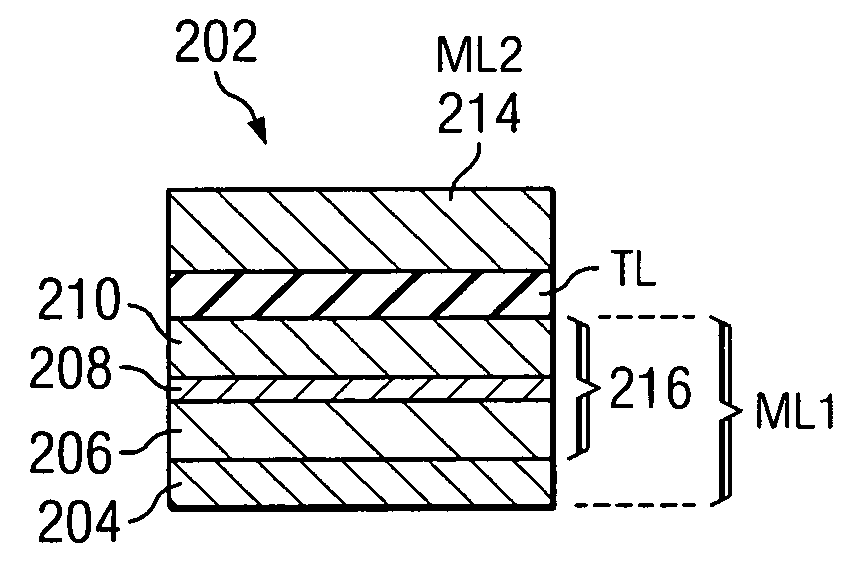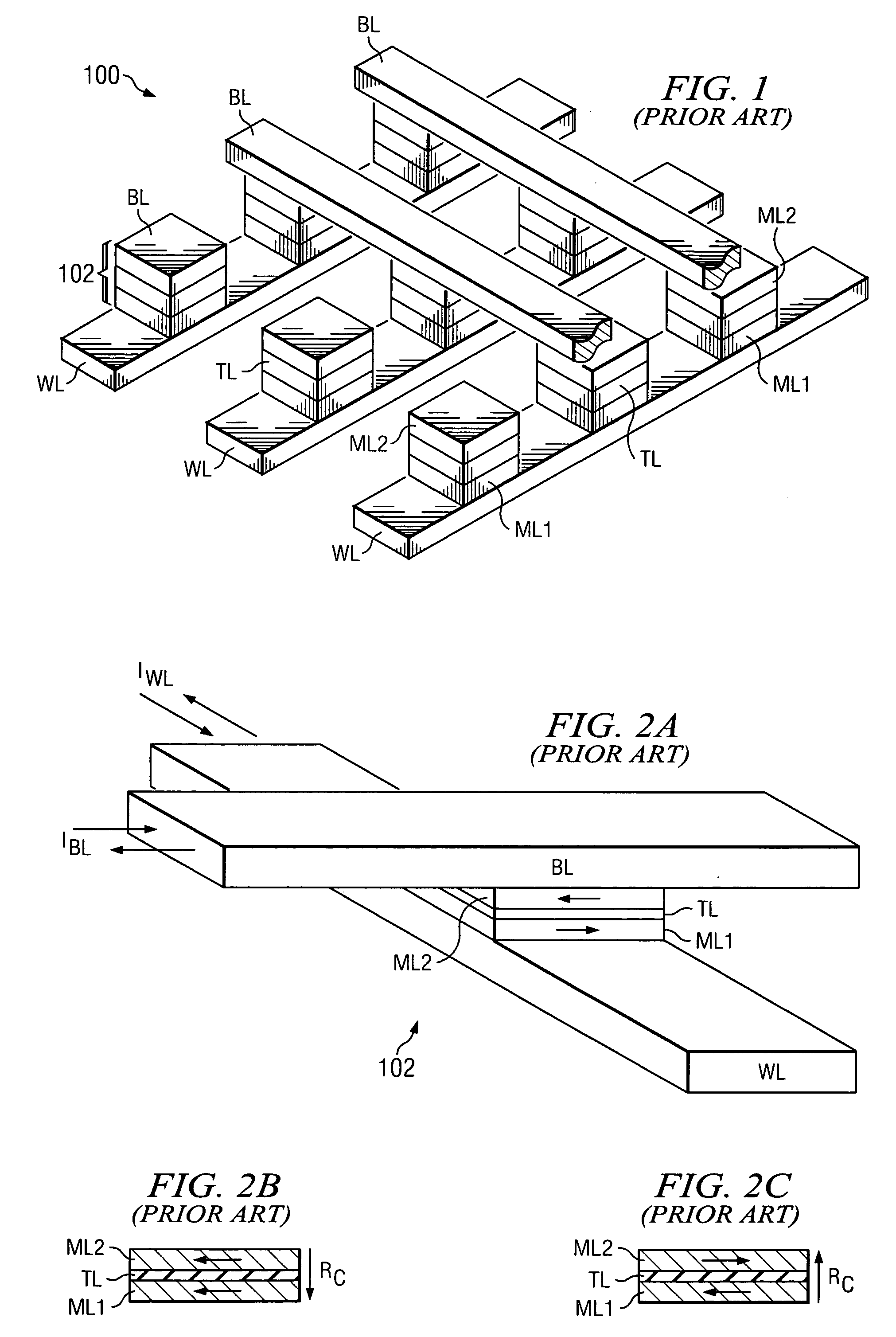Magnetic tunnel junctions for MRAM devices
- Summary
- Abstract
- Description
- Claims
- Application Information
AI Technical Summary
Benefits of technology
Problems solved by technology
Method used
Image
Examples
Embodiment Construction
[0029] The making and using of the presently preferred embodiments are discussed in detail below. It should be appreciated, however, that the present invention provides many applicable inventive concepts that can be embodied in a wide variety of specific contexts. The specific embodiments discussed are merely illustrative of specific ways to make and use the invention, and do not limit the scope of the invention.
[0030] The present invention will be described with respect to preferred embodiments in a specific context, namely magnetic memory cells of an MRAM device. Embodiments of the present invention may also be applied, however, to other magnetic memory cell designs and magnetic semiconductor device applications, as well as magnetic hard disk drive recording read heads and sensors.
[0031]FIG. 3 shows a cross-sectional view of a less-preferred design of an MTJ memory cell 202. The MTJ memory cell 202 comprises a first magnetic layer ML1, a tunnel barrier layer (TL) disposed over t...
PUM
 Login to View More
Login to View More Abstract
Description
Claims
Application Information
 Login to View More
Login to View More - R&D
- Intellectual Property
- Life Sciences
- Materials
- Tech Scout
- Unparalleled Data Quality
- Higher Quality Content
- 60% Fewer Hallucinations
Browse by: Latest US Patents, China's latest patents, Technical Efficacy Thesaurus, Application Domain, Technology Topic, Popular Technical Reports.
© 2025 PatSnap. All rights reserved.Legal|Privacy policy|Modern Slavery Act Transparency Statement|Sitemap|About US| Contact US: help@patsnap.com



